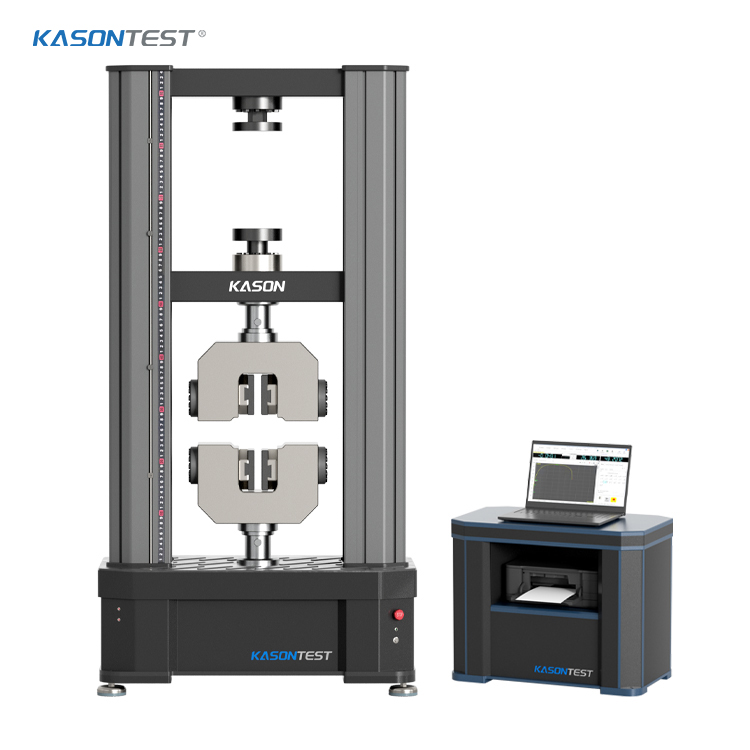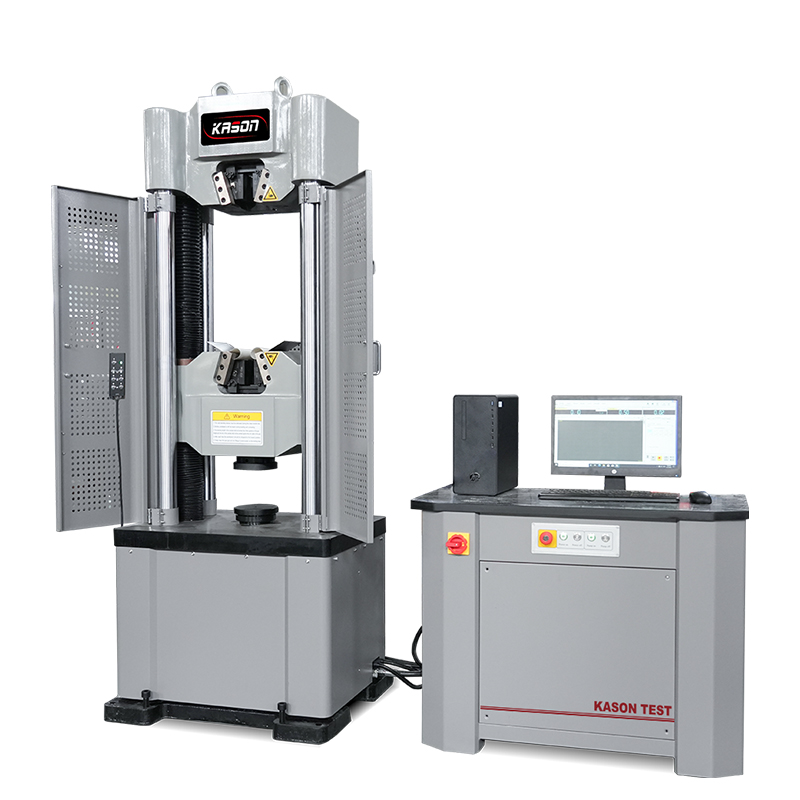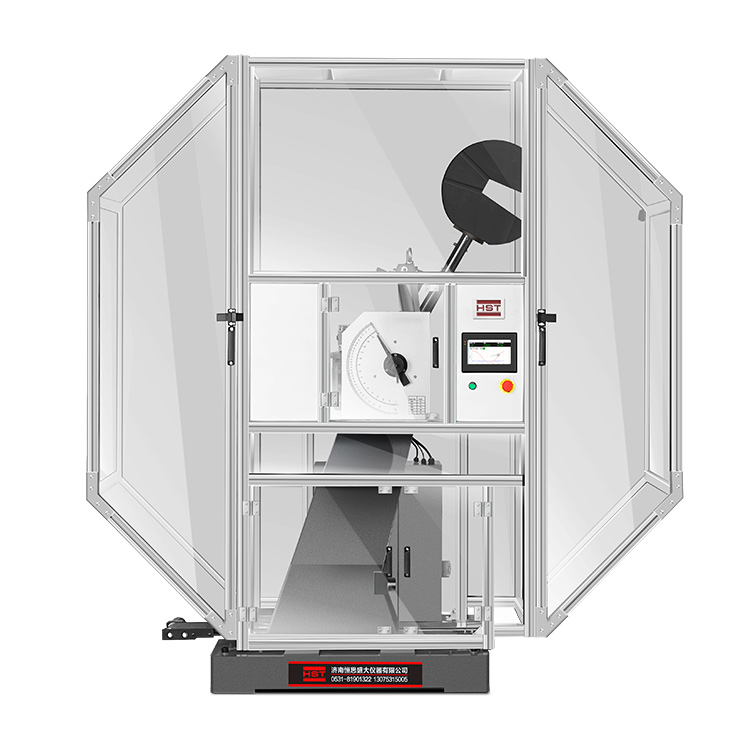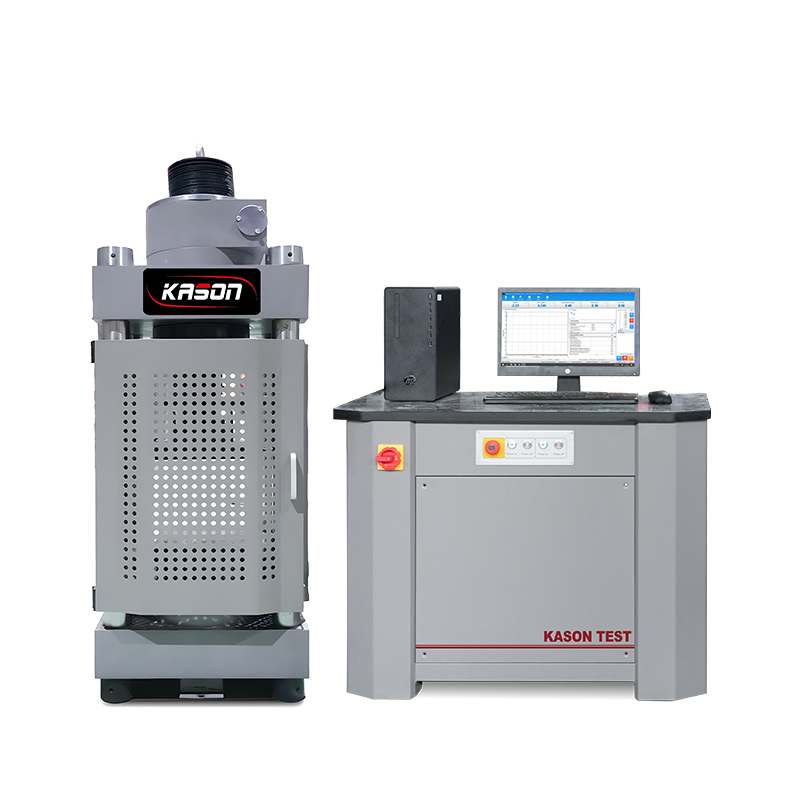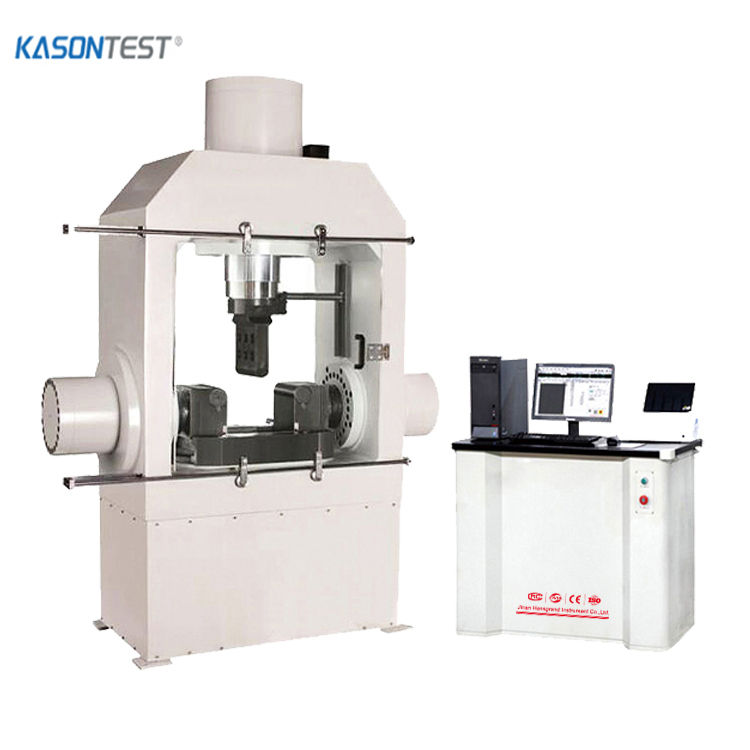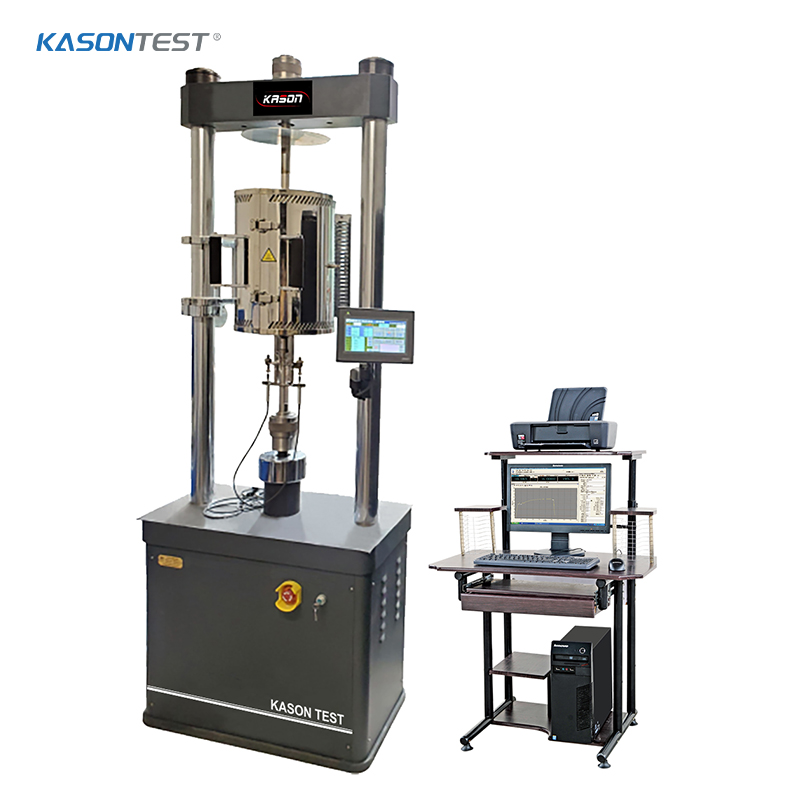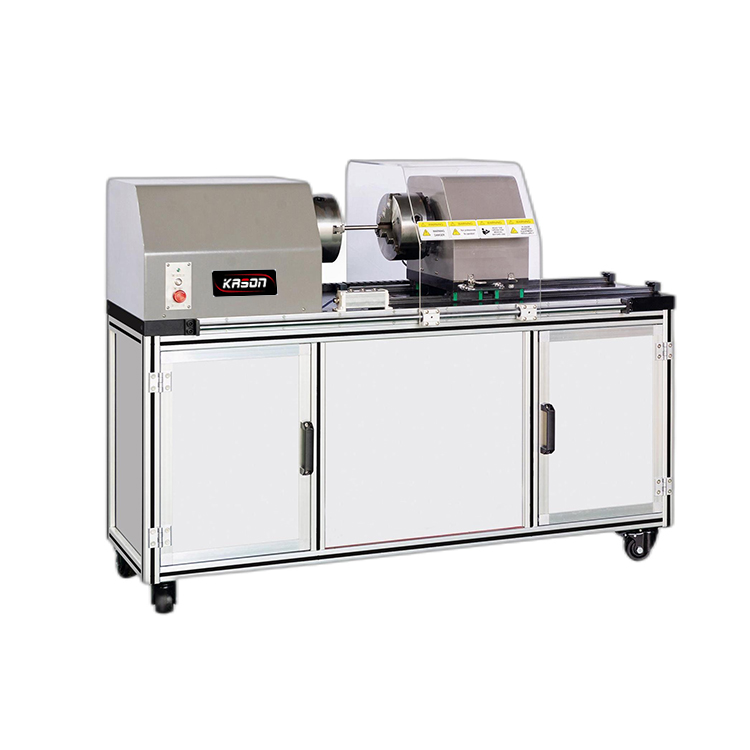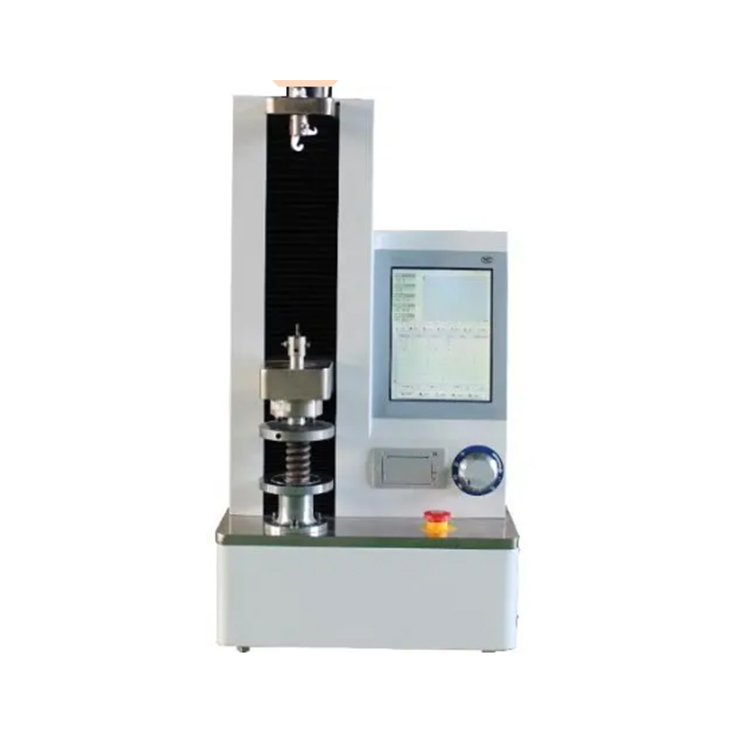Spring
The spring industry is a vital segment of the global manufacturing sector, producing essential mechanical components designed to store and release energy, absorb shock, or maintain force between contacting surfaces. Springs are fundamental elements in countless mechanical systems, enabling functionality in everything from household appliances to complex industrial machinery.Springs come in diverse types tailored to specific applications. Compression springs, the most common variety, resist compressive forces and find use in automotive suspensions and mattress supports. Tension springs operate under stretching forces, utilized in garage doors and trampolines. Torsion springs store rotational energy, essential for clothespins and vehicle door hinges. Specialized variants include constant force springs for consistent tension in window blinds, and Belleville washers that provide high load capacity in limited spaces.
Manufacturing processes in the spring industry combine traditional metalworking with advanced technology. Production typically begins with wire forming, where high-carbon steel, stainless steel, or specialty alloys are cold-coiled into desired shapes using computer-controlled coiling machines for precision. Heat treatment follows to enhance mechanical properties like tensile strength and elasticity. Surface finishing processes such as plating or coating prevent corrosion, extending service life in harsh environments. Quality control involves rigorous testing for load capacity, deflection, and fatigue resistance to ensure performance reliability.
The global spring market exceeds $30 billion annually, with Asia-Pacific dominating production, led by China, Japan, and South Korea. Europe and North America focus on high-precision springs for automotive and aerospace applications. The automotive sector represents the largest end-user, consuming over 40% of spring production for suspension systems, valve mechanisms, and safety components like airbag triggers. Other key sectors include industrial machinery, aerospace and defense, medical devices, and consumer electronics.
Technological advancements are driving innovation in spring manufacturing. Computer-aided design (CAD) and finite element analysis (FEA) optimize spring performance and durability, while additive manufacturing enables complex geometries for specialized applications. Smart springs incorporating sensors are emerging, providing real-time data on stress levels and fatigue in critical applications like bridge supports or industrial equipment.
Sustainability has become a focus, with the industry adopting recycled materials and energy-efficient production processes. Lightweight materials like titanium alloys reduce vehicle weight for improved fuel efficiency, while advanced coatings minimize environmental impact.
Despite challenges from global supply chain fluctuations and raw material price volatility, the spring industry remains essential to modern manufacturing, continuously evolving to meet demands for higher performance, reliability, and sustainability across diverse industrial sectors.

